Trenchless technology took a major leap forward when a B.C. company and Fraser Valley municipality were recognized internationally for a record-breaking, pipe bursting project that converted a smaller 15-inch sewer line, undersized for a developing area, into a 34-inch line running through an environmentally-sensitive area.
“That kind of upsize had never been achieved in North America,” said David O’Sullivan, owner of PW Trenchless Construction Inc., the project contractor, who upsized a 15-inch pipe to 28 inches on four sections but then upgraded the 15-inch line to 34 inches over three sections in the Maple Ridge area.
Technical literature on pipe bursting recommends only going up three sizes or a 33 per cent increase in size, which would have seen the 15-inch pipe replaced with 20-inch. In the 2017 installation, which has attraction attention in both Canada and the U.S., PW Trenchless was able upgrade nine sizes or 127 per cent.
The feat was recognized as one of the four most challenging projects by a member at the North American Society of Trenchless Technology (NASTT) 2018 No-Dig Show held in Palm Springs California in March. Sullivan attended with the City of Maple Ridge’s Velimir Stetin, P.Eng., to present on the upsizing. The team carrying out the work consisted of PW Trenchless, City of Maple Ridge as contract administrator, TT Technologies as equipment supplier and ISCO Industries as the supplier of heavy-duty polyethylene pipe.
The challenge facing the city was a burgeoning population in the Albion area and the existing sewer line was operating at capacity; especially critical were 2,456 feet of 15-inch diameter PVC sanitary sewer.
The city’s south slope interceptor sanitary sewer traversed the riverfront area of Kanaka Creek Regional Park, a Kanaka Creek and a greenbelt near the Fraser River. The two-kilometre stretch was also known to be in a high-water region. The conditions all combined to make open-cut trenching difficult and not the best solution.
Maple Ridge’s Stetin said that if traditional open-cut was used on the project it would have not only cost the city more — an estimated 25 to 35 per cent saving — but disrupted eco-systems in the area.
“It would have been very intrusive — we would have had to take out a whole forest,” he said.
“It was really a pilot project as we were not sure we could do it. The city and the contractor both took a risk.” The city had, in 2014, used trenchless pipe bursting to upgrade a smaller section of pipe in the region, moving it from 15 to 20 inches.
Stetin said the city has become a regular user of trenchless technology.
“We started in 2005,” he said and since then the company has used not just pipe bursting to replace water and sewer lines but also directional drilling (under the main highway to replace a storm pipe) and sliplining (inserting one a liner into a pipe or culvert) and cured in place pipe (CIPP), placing a resin coated liner inside an existing line.
“We do as much as we can,” said Stetin, and in some cases, such as major highways that cut through the municipality making it difficult to shut down access, going underground is the only solution.
O’Sullivan said that environmentally sensitive areas are just one application where trenchless technology is proving effective and more municipalities are turning to the tool-box of trenchless technologies for rehabilitating existing sewer, water, storm-sewer and culverts. Technologies include m horizontal directional drilling, pipe bursting, sliplining, cast-in-place pipe, pipe ramming, mini-tunnelling through to large-scale tunnelling as was the case of Metro Vancouver’s recent completion of a new water main under the Fraser River.
Yet, O’Sullivan estimates that only 15 per cent of the B.C. water and sewer pipe replacement work today in the Lower Mainland of B.C. is done by trenchless technology although it has the capacity to reduce costs by an estimated 25 per cent to 60 per cent. Municipalities such as Port Coquitlam, New Westminster and Maple Ridge are leading the way with regular technology use, he said, although other municipalities are undertaking smaller projects.
O’Sullivan said that communities are falling behind in their rehabilitation work and with the lower cost and ability to complete projects quicker, trenchless technology can help close that gap. He estimates the asset value of Lower Mainland sewer, water and storm pipes at approximately $30 billion with a 100-year life and an estimated $300 million a year should be carried out during an average year. However, municipalities are only replacing $100 to $60 million annually, he said.
But, over-all B.C. lags behind its neighbour Alberta. “Alberta is a lot more developed,” said Stetin.
Both Alberta and Calgary have embraced trenchless technology with regular rehabilitation programs to upgrade their city infrastructure. CIPP is the majority of work undertaken for municipalities, said George Bontus, director of engineering, for Aegion Corporation, which supplies Insituform® CIPP for rehabilitating sanitary sewers, storm sewers, force mains and potable pressure pipelines throughout North America.
Even smaller municipalities on the Prairies have opted into CIPP realizing the cost-savings achieved over excavating and working in an open cut. “Some of the regional governments have banded together to reduce the cost (of the contractor mobilizing to the area),” he said.
In B.C., Victoria and District of Saanich have both used CIPP.
“Their lines are not that deep,” he said, but the roads can be narrow causing traffic congestion over a longer period when using open cut is used for rehabbing pipe. With CIPP a whole block or more can be done in day, said Bontus.
CIPP technology is going beyond what was originally considered feasible in terms of life span, he said. “The first lining was used in 1971 in England and tested after 30 years and found performing better than predicted.” The linings are given a 50-year life but even that is being predicted to extend to a 75 year life. The first CIPP was used in Canada was in 1976 in Winnipeg. B.C. followed 10 years later with the first CIPP project in Penticton.
“B.C. is behind the times,” agrees director Bob Taylor of Mar-Tech Underground Services (located in the Fraser Valley) and specializes in trenchless technologies. CIPP work carried out in the Lower Mainland’s 28 municipalities does not match what major cities like Edmonton does annually. The fragmentation of the municipal governments in B.C. can mean it is more difficult to gain universal acceptance whereas Edmonton and Calgary are major governing bodies in the region.
“Edmonton does two or three times the amount of CIPP that we see here alone,” he said.
Not only can trenchless systems be faster (a block or more a day), but the technology bypasses many of the problems associated with traditional open-cut, such as lessening shoring needs for deeper excavations, trucking soil off site (which can be contaminated) and then trucking fill back, re-routing traffic, and repaving streets. There are also the other utilities underground that can be impacted.
“You would be surprised what is under the asphalt and you are either disrupting it or you have to work around it,” Taylor said.
While some of the lag is accredited to a preference of traditional construction methods, Taylor said some of the reluctance also lies with the fact that some municipalities, such as Vancouver, have their own construction crews.
“They do so much in-house,” he said, while trenchless relies upon contractors with specialized equipment.
O’Sullivan said another hurdle for trenchless has been the way that municipalities post contracts for work. If municipalities post a contract which outlines an open-cut process, then, it excludes trenchless contractors from bidding.
Instead, he said, posting a request for proposal would allow trenchless contractors to propose different technologies that might meet the contract objective. Municipalities, he said, would also be able to compare the financial, environmental and associated costs — such as road life — of a project.
“Every time you dig a road up or a trench in the asphalt of a road and patch it — even if it is done perfectly — you are shortening the life of the asphalt by 15 per cent,” he said.
“Now if Fortis or Telus goes in at some point and also digs up the road, then you have just lost 30 per cent of the life of your asset.”
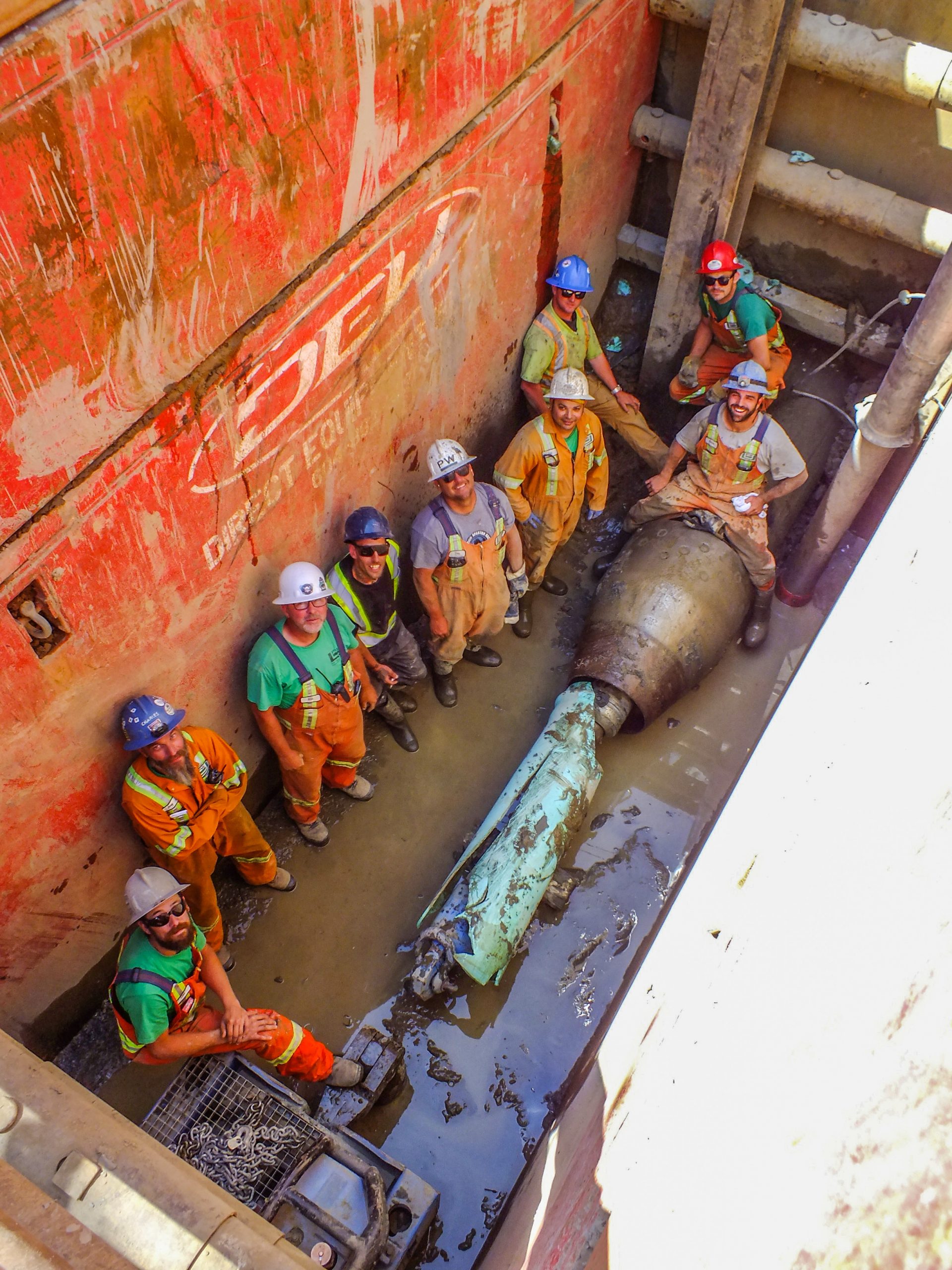
1/3
Photo courtesy of PW Trenchless Construction Inc. - The PW Trenchless Construction Inc. is all smiles after its record breaking pipe burst for the Municipality of Maple Ridge. Typically pipe bursting recommends going up only three sizes, in this case from 15-inch pipe to 2-inch. The crew were able to upgrade the pipe by nine sizes or 127 per cent.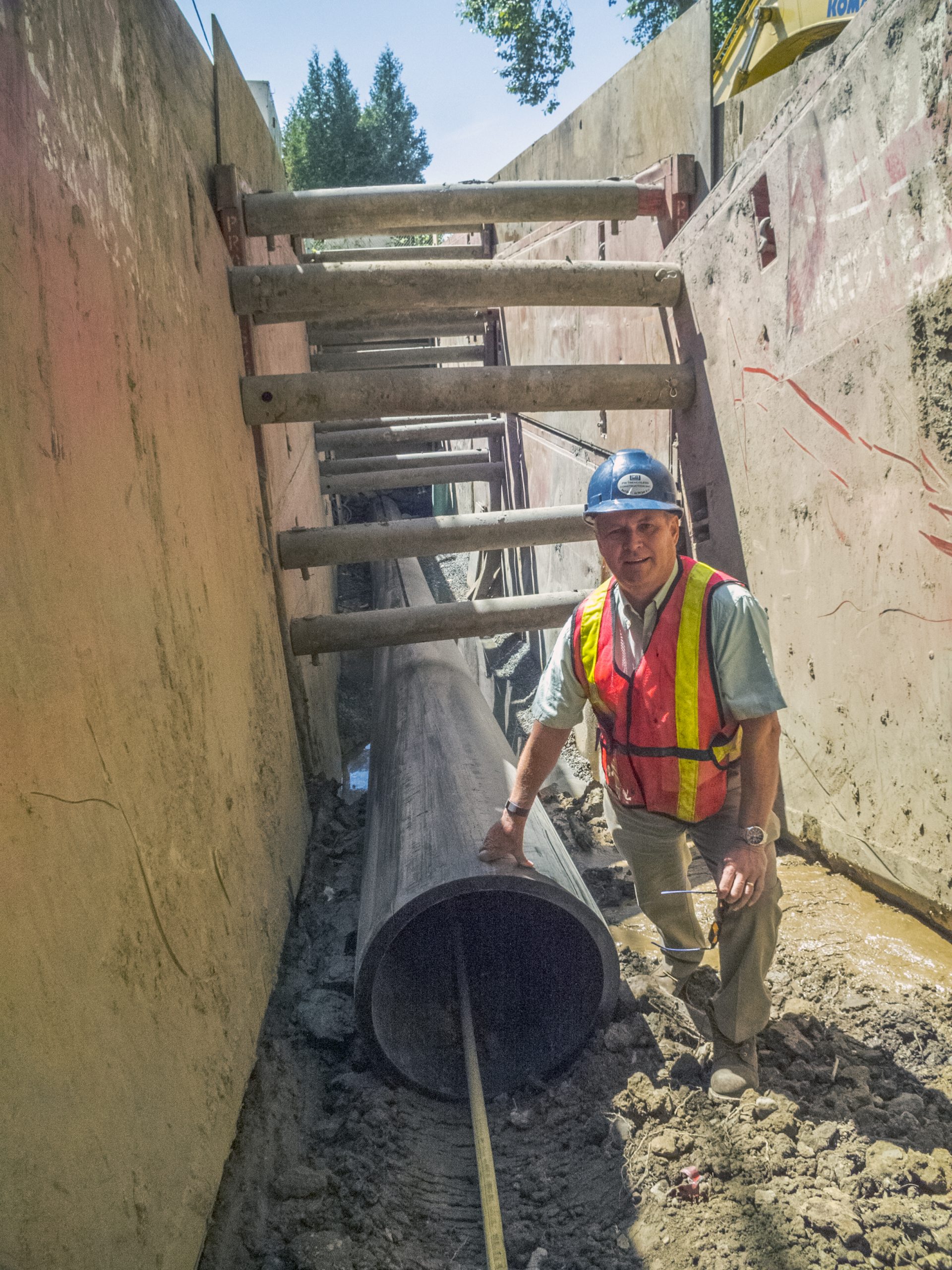
2/3
Photo courtesy of PW Trenchless Construction Inc. - David O’Sullivan, owner of PW Trenchless Construction Inc. stands in a trench at the award-winning pipe bursting project in Maple Ridge, B.C. O’Sullivan’s company converted a 15-in sewer line into a 34-inch line which runs through an environmentally-sensitive area.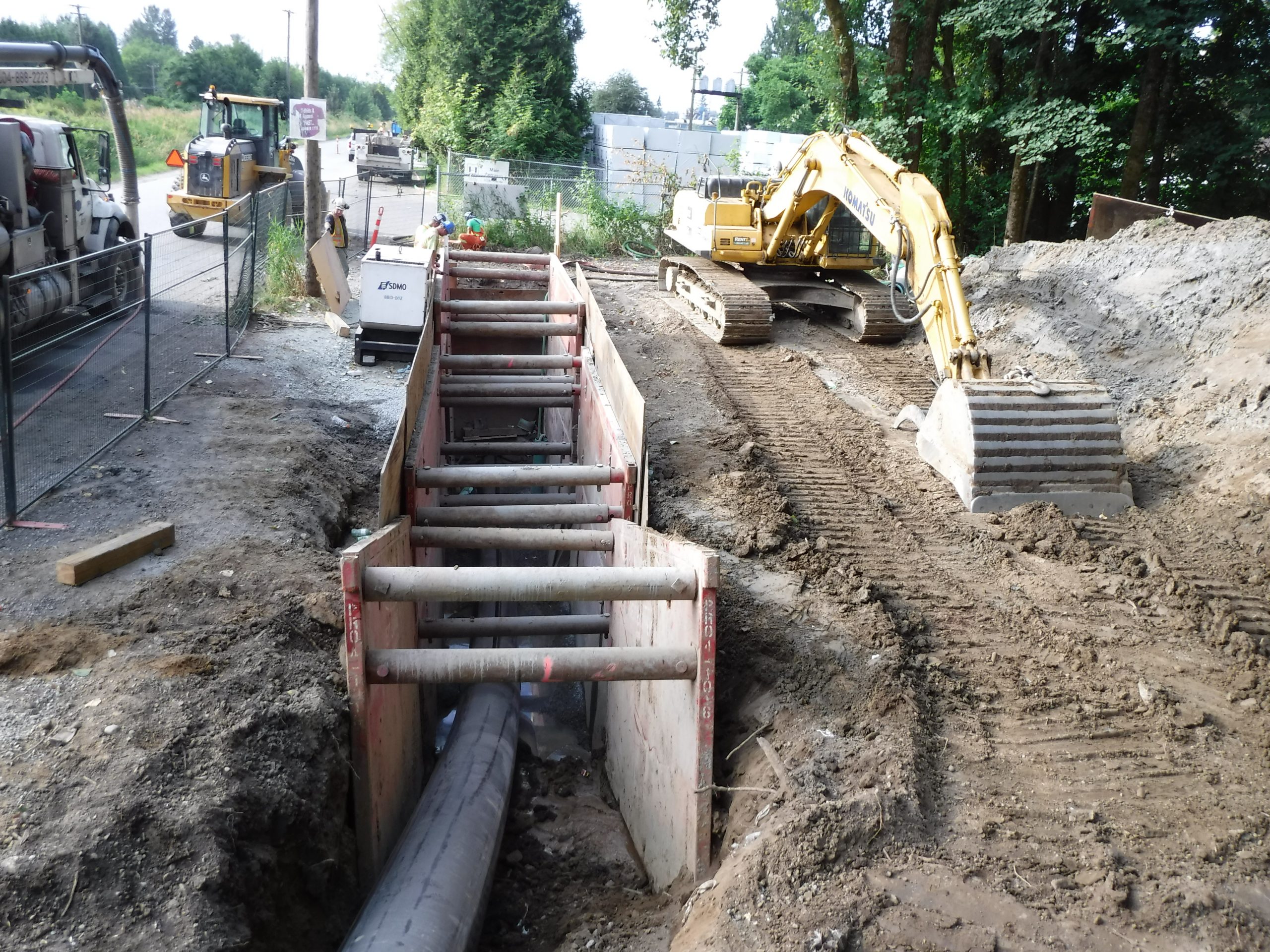


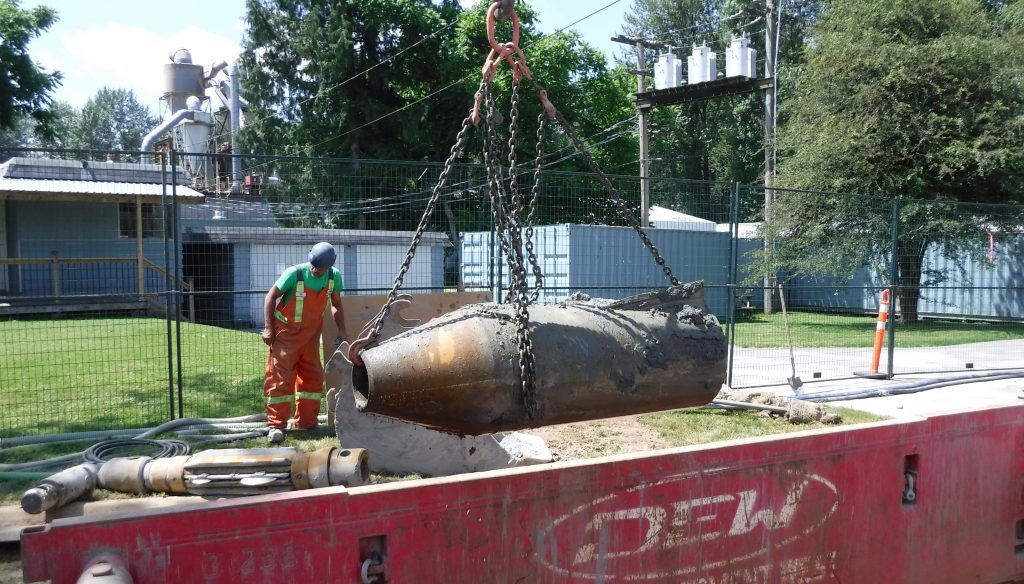







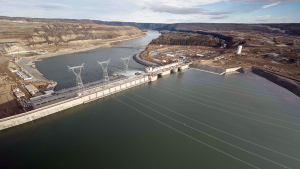
Recent Comments